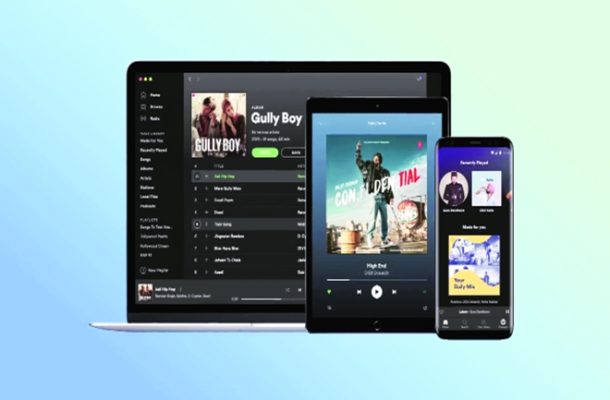By Sonam Saini
Within a week of its launch in India, international music streaming platform Spotify made headlines by clocking one million users. While it is late to the party — Apple Music, Amazon Music and Google Play Music have been around, along with long-standing Indian players such as Gaana, Wynk and JioSaavn — Spotify seems to have got off to a good start.
The streaming service claims to have over 200 million active users globally, out of which 96 million are paid subscribers. With its entry in the Indian market, Spotify now streams music in 79 countries. But its journey here may not be entirely easy.
The India beat
India’s music industry is worth Rs 850 crore, according to a Deloitte’s 2019 report, Audio OTT economy in India – Inflection point. Revenues from digital distribution and consumption of music contribute nearly 78% to the overall recorded music industry revenues in India, and 54% globally.
Read | Audiogasm 2.0: Here are top ranking music streaming apps in the country
“There are almost 500 million internet users in India, and our estimate is that less than 80 million users are on music streaming platforms,” says Amarjit Singh Batra, MD, Spotify India. “Therefore, in spite of many players in the market today, the business of music streaming is worth less than $100 million. There is huge room for growth in India.”

 Spotify is available on mobile phones, tablets and desktops, and has brand integrations with Google Maps, Tinder and Xbox in India. Priced at Rs 119 per month, the app offers over 40 million tracks. When asked about the presence of several other strong players, Batra says, “The job right now is not to compete, but create a market for India so that more users can come onto music streaming platforms.”
Spotify is available on mobile phones, tablets and desktops, and has brand integrations with Google Maps, Tinder and Xbox in India. Priced at Rs 119 per month, the app offers over 40 million tracks. When asked about the presence of several other strong players, Batra says, “The job right now is not to compete, but create a market for India so that more users can come onto music streaming platforms.”
According to the Indian Music Industry’s (IMI) Digital Music Study 2018, internet users in the 16-24 age group listened to 23.9 hours of music per week, as opposed to the national average of 21.5 hours per week. “With local content and playlists in different languages, Spotify hopes to appeal to all segments,” shares Batra.
Business of streaming
According to IFPI’s Global Music Report 2018, the total revenue from ad supported and subscription streaming is $61.32 million where the former contributes $27.59 million (45%) and subscription streaming stands at $33.73 million (55%).
Spotify uses both the subscription and ad-supported models. Blaise Fernandes, president and CEO, IMI, says that while both models coexist, eventually “the consumer migrates to a subscription-driven model”.
With the entry of players from the telecom and retail businesses, ‘bundled’ options have also emerged, giving rise to three revenue streams — ad-supported, paid and bundled. Sanchit Vir Gogia, chief analyst, founder and CEO, Greyhound Research, cites the Amazon Prime offer at Rs 999 as an example. “It is an aggressive offer, bundling Prime Video, Prime Music as well as the Prime delivery membership. It will be tough for consumers to migrate from Apple Music or Amazon to another app.”
Customers in the tier I and II markets have already curated their playlists and paid for premium on other music streaming apps, which poses a challenge to Spotify. “Spotify has to really work hard on vernacular content, if it wants to earn subscription revenue from tier II and III markets,” adds Gogia. He suggests that instead of replicating its premium subscription model of the US, Spotify should turn to advertising, branded content and sponsorships in India to make money.
Samit Sinha, founder and managing partner, Alchemist Brand Consulting, believes following a hybrid model — from premium to token subscription to an absolutely free model — could be lucrative. “The more premium it is, the lesser the advertising,” he says.
Source: financialexpress.com


Comments